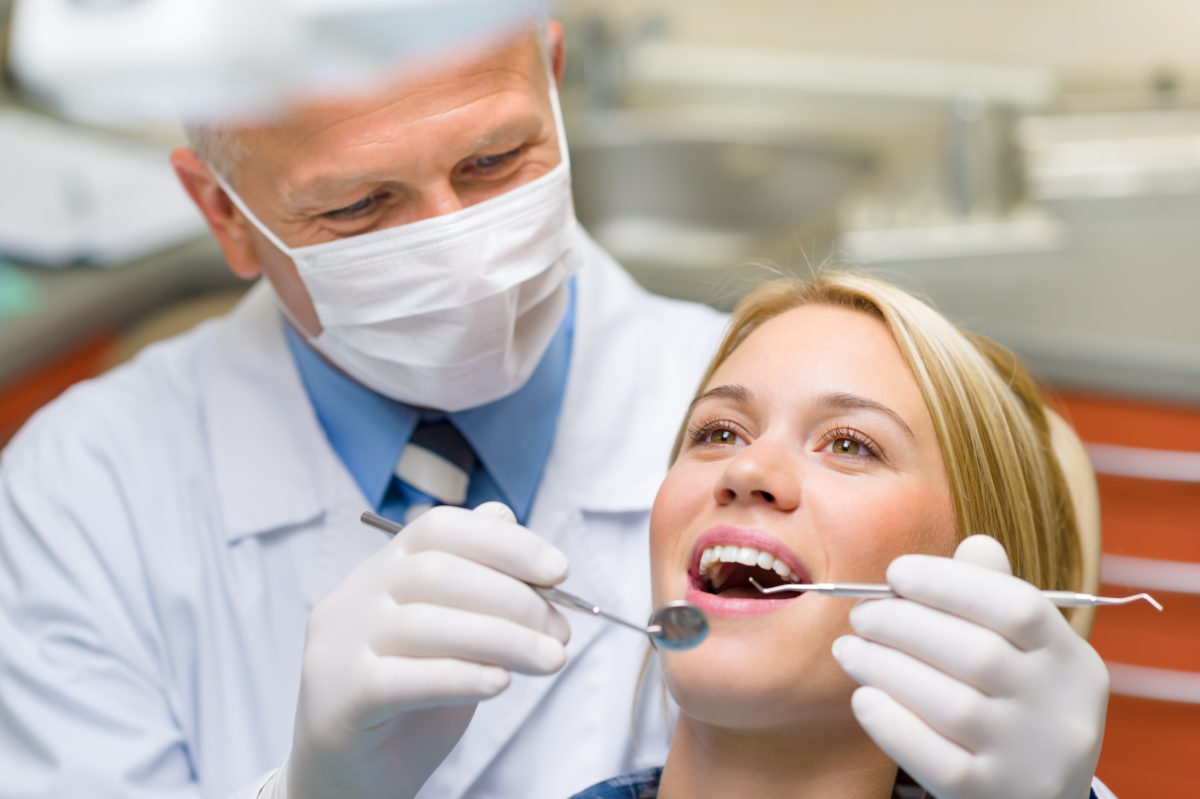Legacy Orthodontics Fundamentals Explained
Legacy Orthodontics Fundamentals Explained
Blog Article
The Only Guide for Legacy Orthodontics
Table of ContentsLegacy Orthodontics - An OverviewA Biased View of Legacy OrthodonticsNot known Facts About Legacy OrthodonticsLegacy Orthodontics - An OverviewGetting The Legacy Orthodontics To Work
In enhancement, we offer adjustable treatment timetables, adaptable repayment options and an enjoyable, delightful experience.An orthodontist is a dental professional trained to detect, protect against, and treat teeth and jaw abnormalities. Orthodontists work with individuals of all ages, from children to grownups.
Malocclusion, or misaligned teeth, can result in dental problems, consisting of dental caries, periodontal condition, and challenging or excruciating eating. But not everybody is born with straight teeth. If you have a bad bite or big areas in between your teeth, you might intend to get in touch with a dental professional concentrating on orthodontic treatment.
The smart Trick of Legacy Orthodontics That Nobody is Talking About
( Image Credit Report: DigitalVision/Getty Images) Orthodontists make use of fixed and detachable oral tools, like dental braces, retainers, and bands, to change the position of teeth in your mouth. Orthodontic therapy is for dental irregularities, consisting of: Jagged teethBite troubles, like an overbite or an underbiteCrowded teeth or teeth that are as well far apartJaw misalignmentThe objective of orthodontic therapy is to enhance your bite.
While you might assume of orthodontists as primarily for youngsters or teenagers who require braces, they can remedy dental problems at any kind of age. Orthodontists attend college, dental college, and orthodontic institution.
, but not all dental professionals are orthodontists. They concentrate on 2 areas: Just how to properly and safely move teeth Just how to effectively direct advancement in the teeth, jaw, and faceOnce an orthodontist has actually finished training, they have the alternative to come to be board accredited.
Unknown Facts About Legacy Orthodontics
Imbalance, or malocclusion, is the most usual reason people see an orthodontist. It is hereditary and is the result of dimension distinctions between the upper and reduced jaw or between the jaw and teeth. Malocclusion results in tooth overcrowding, a misshapen jaw, or uneven bite patterns. Malocclusion is normally treated with: Your orthodontist affixes metal, ceramic, or plastic square bonds to your teeth.
If you have just minor malocclusion, you might be able to make use of clear dental braces, called aligners, as opposed to typical braces (https://www.slideshare.net/brianmccune20176). Some people require a headwear to aid move teeth into line with stress from outside the mouth. After dental braces or aligners, you'll need to use a retainer. A retainer is a custom-made device that keeps your teeth in position.
They can develop extra space in the mouth without having to pull teeth. Orthodontists utilize cables, medical screws, or plates to sustain your jaw bone.
You may require to see an orthodontist if you have: Crowding or otherwise enough room for every one of your teethOverbite, when your top teeth come by your bottom teethUnderbite, when your bottom teeth are as well much forwardSpacing or concerns with gapsCrossbite, which is when your top teeth fit behind your bottom teeth when your mouth is closedOpen bite or a vertical void between your front bottom and top teethMisplaced midline, when the center of your bottom and upper teeth do not align Fixing a dental malocclusion can: Make attacking, chewing, and talking easierImprove the proportion of our face and your overall appearanceEase pain from temporomandibular joint disordersDifferent your teeth and make them easier to cleanse, helping prevent tooth decay or tooth cavities It's commonly a dental expert that first notices misaligned teeth throughout a regular examination.
10 Simple Techniques For Legacy Orthodontics

During your very first orthodontic examination, you'll likely have: An oral examPhotos taken of your face browse around these guys and smileDental X-raysPanoramic (360 degree) X-rays of your face and headImpressions to produce molds of your teethThese examinations will aid your orthodontist recognize exactly how to proceed with your treatment. orthodontist. An orthodontist is a dental professional who's had training to treat your teeth and jaw
An orthodontist is focused on your bite, so something like a broken tooth would certainly be handled by a dentist. Orthodontists are concentrated on your bite, or the means your teeth fit with each other, and the straightness of your teeth.
Ever questioned just how stars constantly seem to have completely straightened teeth? The response frequently hinges on the experienced hands of an orthodontist. What specifically does an orthodontist do? Orthodontists are dental professionals who concentrate on fixing irregularities in the teeth and jaws. Their knowledge surpasses simply developing an attractive smile; it includes enhancing your general oral health and feature.
Legacy Orthodontics - Questions

While braces are one of the most generally acknowledged orthodontic treatment, orthodontists have a diverse toolkit at their disposal. The particular strategy selected relies on the extent of the instance, the client's age, and individual preferences. These tried-and-true braces utilize a system of brackets bound to the teeth and connected by cables.
These detachable trays are personalized to considerably move the teeth's position. In situations of narrow jaws, palatal expanders can be made use of to develop room for appropriate tooth positioning.
Report this page